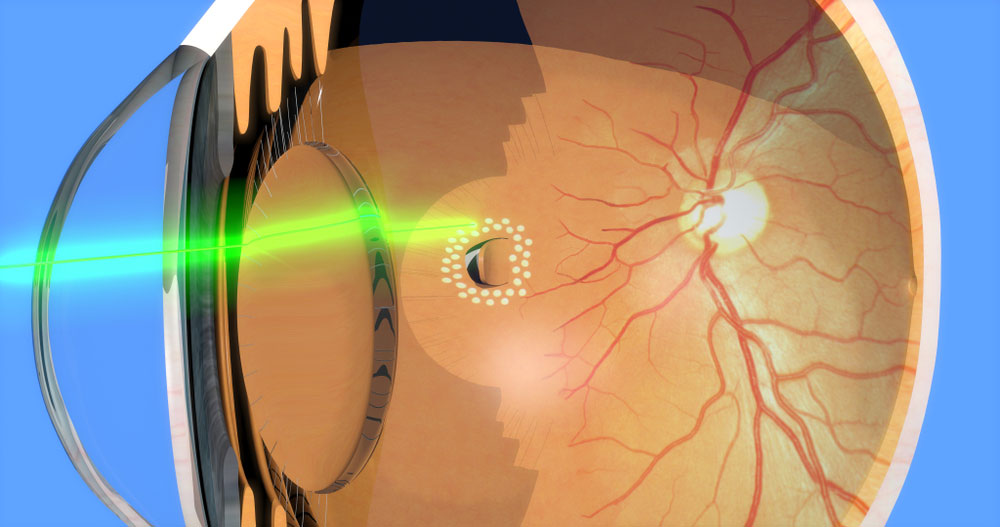


inflammation or redness, swelling, and pain.Possible side effects of vitrectomy procedures include: In rare cases, however, complications can occur, especially in immune-compromised individuals and those with a history of eye conditions or surgery. According to the American Society of Retina Specialists, most surgeries have a 90 percent success rate. Vitrectomy procedures are an effective surgery and severe complications are rare. Share on Pinterest Complications are rare for virectomy procedures, and the surgeons should explain the potential risks to the patient before performing the surgery. macular degeneration or a macular hole where there is a small hole, tear, or defect in the macula or central tissue of the retina.diabetic retinopathy when the retina has been damaged by long periods of uncontrolled diabetes.trauma or injury that occurs during cornea, cataract, or glaucoma surgery.


The surgeon uses a vitrector or vitrectomy probe to cut the vitreous gel, and a suction tool to remove broken down fluid.ĩ. The surgeon inserts a microscope, as well as a fiber-optic light to be able to see the eye.Ĩ. The surgeon uses forceps to open the cut.ħ. The surgeon accesses the eye through the pars plana, a structure in the sclera or white part of the eye.Ħ. The surgeon makes a small incision or cut, usually about the width of an eyelash or 0.5 millimeters, in the outer membrane of the eye.ĥ. An eyelid speculum is used to keep the eye open, and a protective covering is placed over the eye not being operated on.Ĥ. The eye is cleaned with an antiseptic solution and draped with a sterile covering.ģ. The eye is anesthetized or numbed and dilated.Ģ. Some medicines may need to be avoided on the day of surgery.Ĭommon steps in vitrectomy surgery include:ġ. Usually, people will have to avoid all food and water for at least 8 hours before the surgery is done.Īn individual should discuss any current medications they are taking and medical conditions they have with the surgeon, ahead of time. It is important for people to arrange to take a few days off work and to arrange for a ride home after the surgery.īefore the day of their surgery, an appointment will be scheduled to examine the eye that will be operated on. Share on Pinterest A vitrectomy surgery is when the vitreous humor or fluid surrounding the eye is surgically removed and replaced.


 0 kommentar(er)
0 kommentar(er)
